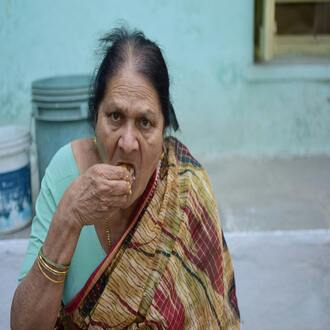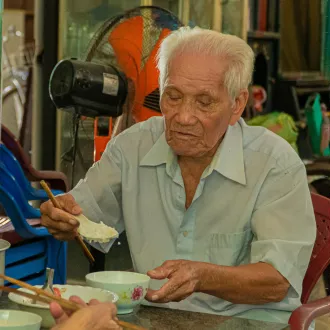Transcription Consumption of contaminated foods
Food safety is a global concern, and the consumption of contaminated food can have serious health consequences. In this session, we will explore in detail the risks of contaminated food, the sources of contamination, how to prevent food poisoning and the responsibilities of the different actors in the food chain.
Contaminated Food Risks
Foodborne Illness (FBD): FBD is a major health problem, causing symptoms such as nausea, vomiting, diarrhea and, in severe cases, hospitalization or even death.
Economic Impact: Food contamination can have a significant economic impact on the food industry and health care.
Loss of Confidence: Foodborne illness outbreaks can erode public confidence in food safety.
Sources of Food Contamination
Bacteria: Bacteria such as Salmonella, E. coli and Listeria can contaminate food, especially if not stored and handled properly.
Viruses: Some viruses, such as norovirus, can also be transmitted through food.
Parasites: Parasites such as Giardia and Toxoplasma can contaminate raw or undercooked foods.
Chemicals: Chemical contaminants, such as pesticides, heavy metals and industrial chemicals, can enter food during production or processing.
Allergens: For people with food allergies, the undeclared presence of allergens in food can be dangerous.
Prevention of Food Contamination
Personal Hygiene: Practicing good personal hygiene is essential to prevent contamination, especially when handling food.
Food and Utensil Cleaning: Washing and sanitizing food and cooking utensils is essential.
Proper Storage: Storing food at proper temperatures and separating raw food from cooked food is important.
Safe Cooking: Cooking food to the proper temperature kills harmf
contaminated food




